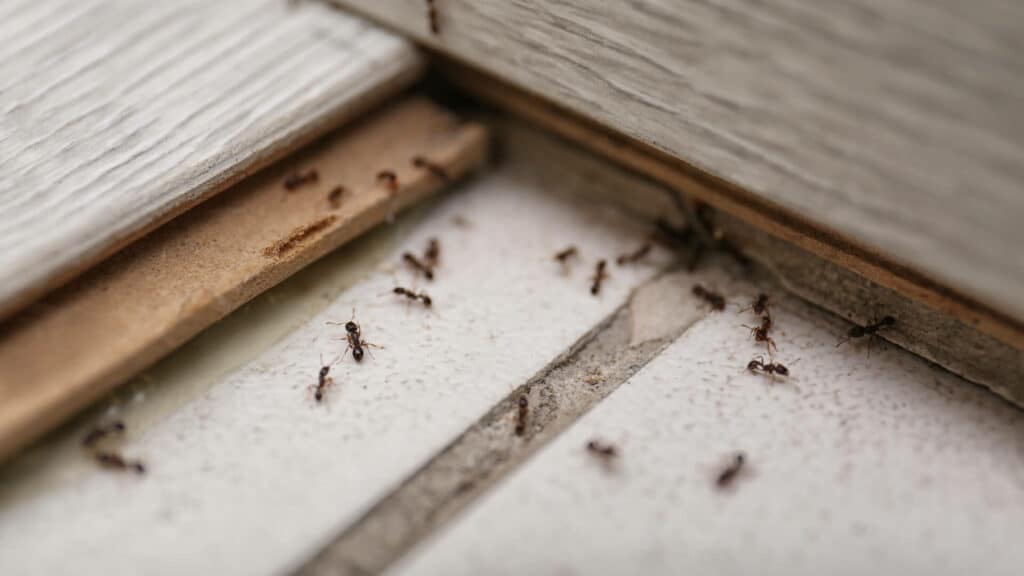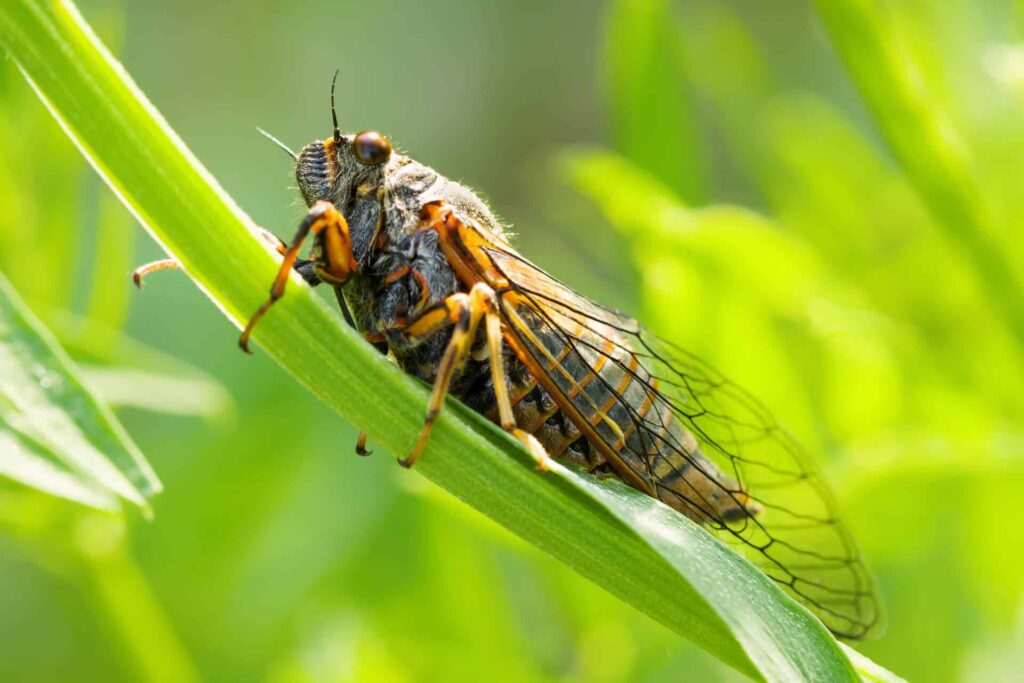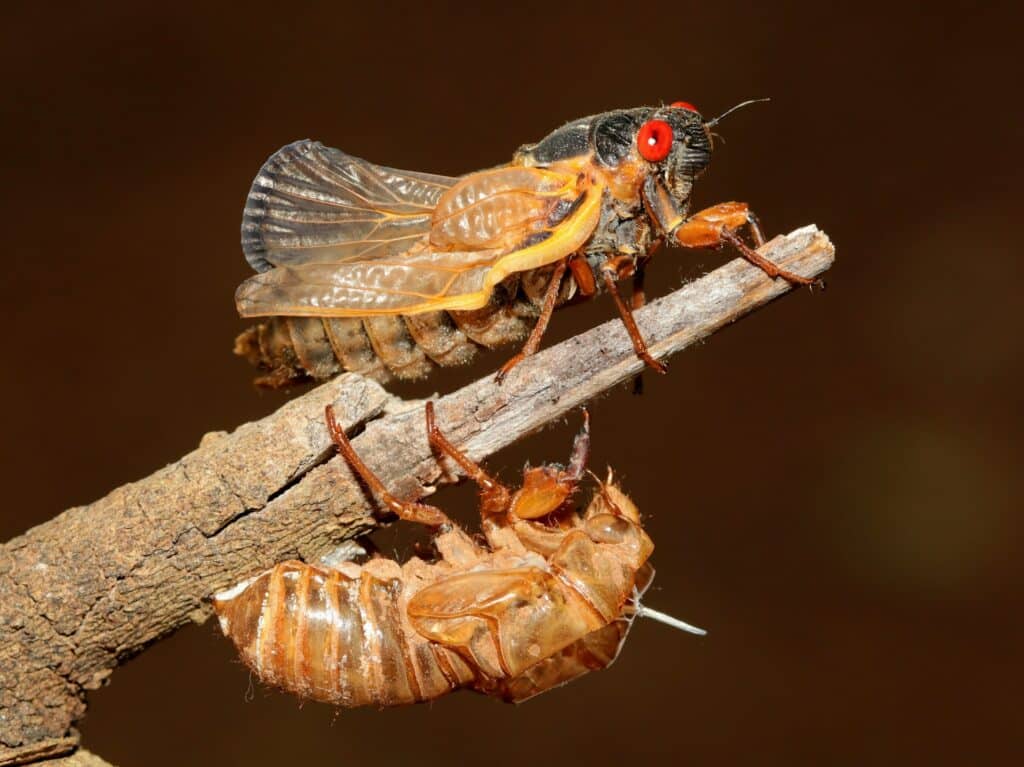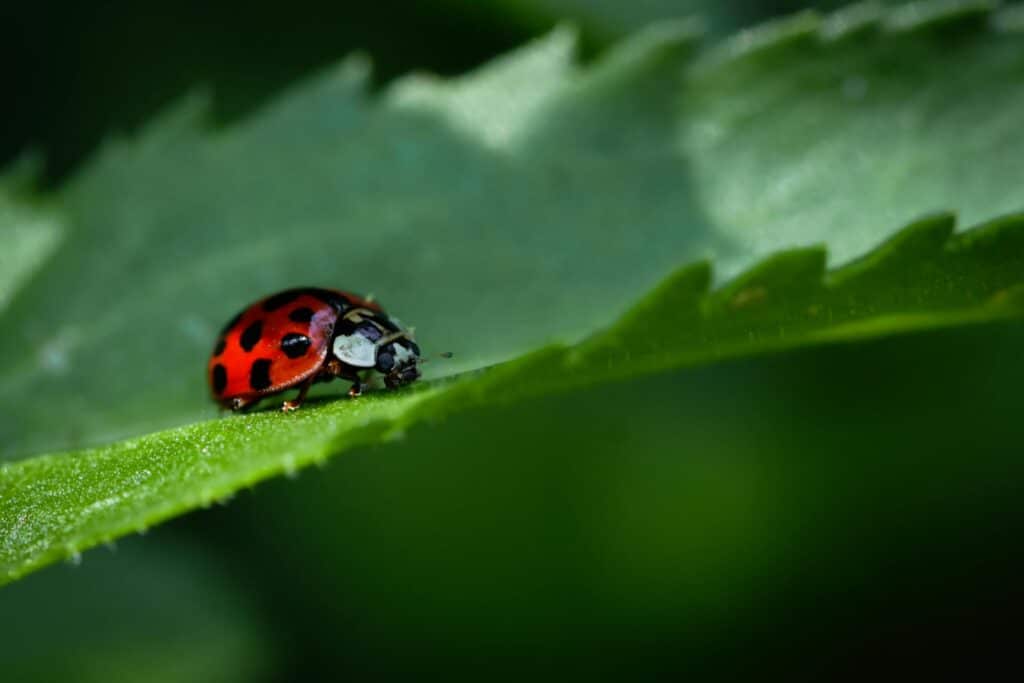Sharing your home with furry friends can be delightful, but when those friends are uninvited mice or rats, the situation goes from charming to a real rodent problem.
Rodents can cause significant damage to your property, contaminate food and surfaces with bacteria, and even trigger allergies and asthma. The good news? There are telltale signs that will alert you to a potential rodent problem.
Let’s explore five key signs of mice in your house and what steps you can take to address the issue.
1. Rodent Droppings
Perhaps the most common sign of rats or mice is the presence of droppings. These droppings, typically dark in color and about the size of a rice grain (for mice) or larger (for rats), can be found in various locations throughout your home, including:
- Near Food Sources: Look in pantries, cabinets, drawers, around pet food bowls, and on countertops.
- Hidden Areas: Droppings may be found in attics, basements, crawl spaces, and behind appliances.
- Along Walls: Rodents tend to follow established paths, and droppings may accumulate along these runways.
The presence of fresh droppings (dark and moist) indicates an active infestation. Older droppings will be drier and grayer.
2. Gnaw Marks
Rodents constantly chew to wear down their growing incisors. Gnaw marks can be found on a variety of materials, including:
- Food Packaging: Ripped or torn bags, boxes, and wrappers can indicate you need pest control for mice and rats.
- Walls, Doors, and Baseboards: These gnaw marks may be entry points into your home or signs of burrowing activity.
- Furniture and Electrical Wires: Rodents will chew on furniture legs, electrical wires, and other objects. Gnaw marks on electrical wires pose a severe fire hazard.
The size and location of the gnaw marks can help identify the type of rodent. Mice leave smaller gnaw marks (about the size of a pencil) compared to rats (which leave larger gnaw marks, roughly the size of a dime).
3. Strange or Out-Of-Character Pet Behavior
If your cat or dog seems unusually interested in a particular area, such as clawing or scratching at a wall or baseboard, it might be detecting the presence of rodents. This behavior is most common when the rodents have recently entered the home.
4. Tracks and Runways
Rodents typically follow established paths within your home. These runways may be visible as grease marks or smudges along walls or baseboards. You can also detect them by lightly dusting flour or baby powder on suspected runways. Rodent activity will leave footprints in the powder.
5. Signs of Nesting
Rodents build nests from a variety of soft materials, such as shredded paper, fabric scraps, or insulation. These nests are usually hidden in secluded areas like attics, basements, or behind appliances. Droppings or gnawing near a suspected nesting area can confirm rodent activity.
Taking Action Against a Rodent Problem
If you discover one or more of these signs, it’s crucial to take immediate action. Here are some steps to follow:
- Seal Entry Points: Inspect your home’s exterior for potential entry points around pipes, wires, vents, and foundation cracks. Seal openings with appropriate materials like caulk or steel wool.
- Consider Traps: Traps can be effective in eliminating existing rodents. However, proper placement and bait selection are crucial for safety and success.
- Consider Professional Pest Control for Rats and Mice: For severe infestations or if you’re uncomfortable handling rodents yourself, contacting a licensed pest control service is highly recommended.
Remember, a quick response is key to preventing rodent infestation from becoming a larger problem. Recognizing the signs and taking decisive action can keep rodents out of the home and protect your family’s health and safety.
If you’re ready to learn more about rodent treatment solutions for your home, Contact Aptive, we’re ready to help.









